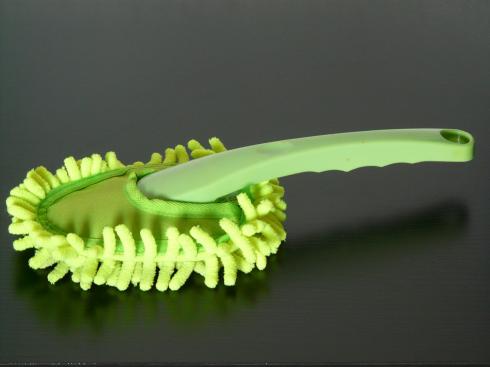<< Back to Blogs
Bedroom
Living room
Kitchen
Bathroom
Basement
Air quality. Use a dehumidifier to reduce dampness, and clean it once a week.
SOURCE: Mayo Clinic

Allergy-Proof Your Home
Posted June 07, 2017
If you have hay fever or allergic asthma, take a few steps to reduce allergens in your home. Some steps to reduce indoor allergens are complicated and time-consuming — but there are some easy things you can do that may help. Some steps may be more effective than others, depending on what particular allergy or allergies you have.Bedroom
- Bed and bedding.
- Flooring.
- Curtains and blinds.
- Windows.
- Furnishings.
- Clutter.
- Pets.
- Air filtration.
Living room
- Flooring.
- Furniture.
- Curtains and blinds.
- Windows.
- Plants.
- Pets.
- Fireplaces.
Kitchen
- Stove.
- Sink.
- Refrigerator.
- Cabinets and counters.
- Food waste.
Bathroom
- Ventilation.
- Floors.
- Walls.
- Shower and tub.
- Toilet and sink.
Basement
- Flooring.
- Furniture.
- Foundation, windows and stairwells.
Air quality. Use a dehumidifier to reduce dampness, and clean it once a week.
- Storage.
- Clothes dryer. Vent moisture outside.
- Temperature and humidity.
- Pests.
- Mold.
- Weekly cleaning routine.
- Smoking.
SOURCE: Mayo Clinic

